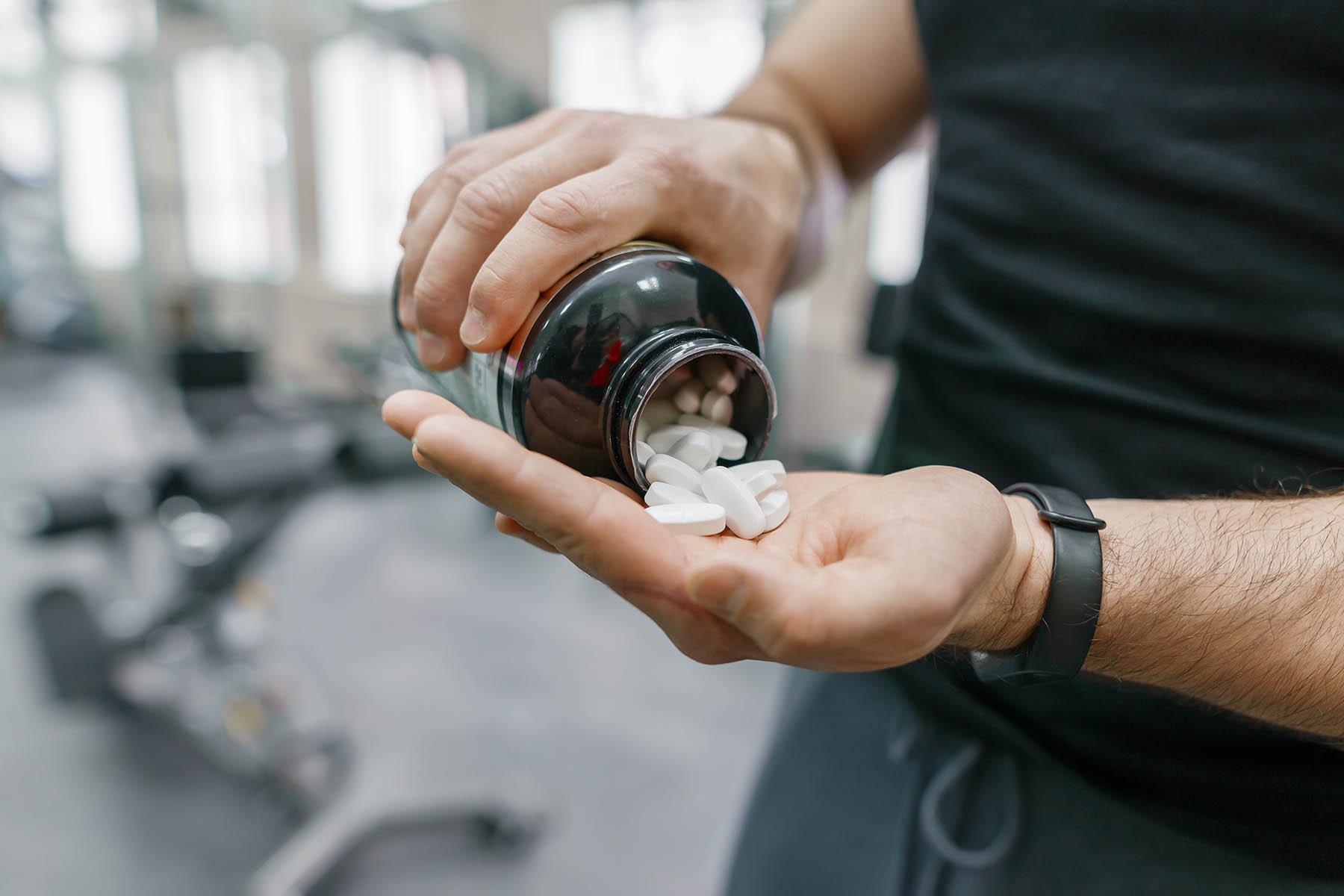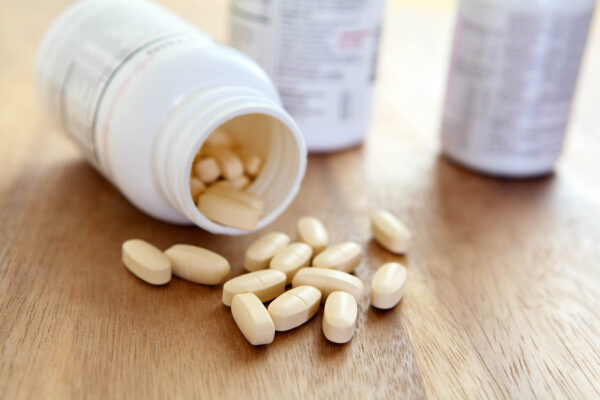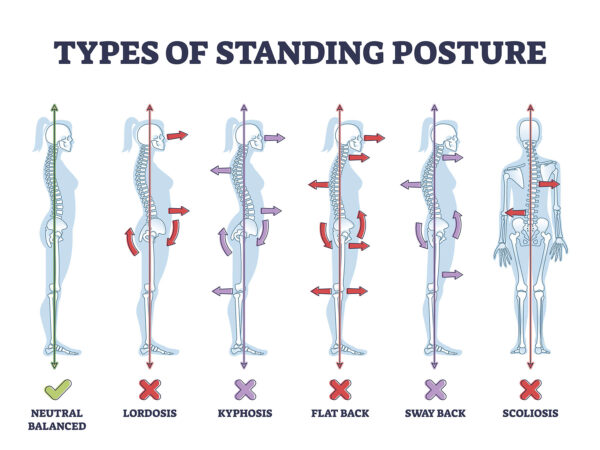Glucosamine is one of the most popular supplements used by the fitness community today. This supplement has proven itself as an aid in easing sore joints, making it popular among serious lifters and the older population as well. Sound good? Here’s even more information on this popular and useful supplement.
What is Glucosamine and What Does it Do?
Glucosamine is a component found within the cartilage of your body. This amino sugar is most often taken as glucosamine sulfate, and is usually combined with chondroitin. This supplement is used widely to help secure joint health, and is often made of chitin. Chitin is found in the shells of a wide variety of shellfish like lobsters and shrimp, but can also be found in plants like wheat and corn. Research hasn’t pinpointed just how glucosamine and chondroitin supplements work to ease joint pain and play such a crucial role in the creation and health of connective tissues. However, the results of taking the supplement are well-known and widely accepted.
What are the Pros and Cons of Glucosamine?
Studies have shown that glucosamine supplementation is an important component in delaying the progression of arthritis within the joints, and can even ease the pain that comes with osteoarthritis. This easing of joint pain allows for a healthier and more active lifestyle, allowing those that take the supplement more freedom of movement and range of motion. However, when glucosamine is mixed chondroitin and taken for long periods of time, the benefits of the two can be diminished as your body grows used to them.
Another negative of glucosamine is that, since most supplements are created by using shellfish substances, those that suffer from seafood allergies can’t use the supplement. Vegetarians will have a similar issue, but thankfully for both groups there are versions of the supplement made from plants like wheat and corn. These supplements will be clearly labeled as vegetarian. As with any serious supplement, it’s important to talk with your doctor before using if you currently are on medications. Studies have shown that glucosamine can negatively interact with some anti-cancer medications, as well as certain blood thinners.
How Do I Get Glucosamine?
A healthy amount of glucosamine isn’t something that can be achieved through your diet. Although glucosamine can be found in the chitin of certain shellfish like lobster, shrimp, and crab, it’s highly unlikely that people are going to want to consume the shells of these creatures. Glucosamine is found in corn and wheat as well, but the amount of these vegetables you’d have to consume in order to reach a healthy level could cause havoc on your diet plan. Thankfully, glucosamine supplements are popular and relatively easy to find.
When choosing the supplement to suit your particular needs, it’s important to read the labels. Those with shellfish allergies or prefer a vegetarian lifestyle need to look for glucosamine supplements labeled as vegetarian. If you’re looking for a higher, more concentrated dose, you may want to consider glucosamine sulfate. Glucosamine hydrochloride contains a lower dosage for those looking to start small and work their way up. Combined supplements, like glucosamine and chondroitin, are popular and have been found to work well together to ease joint pain.







